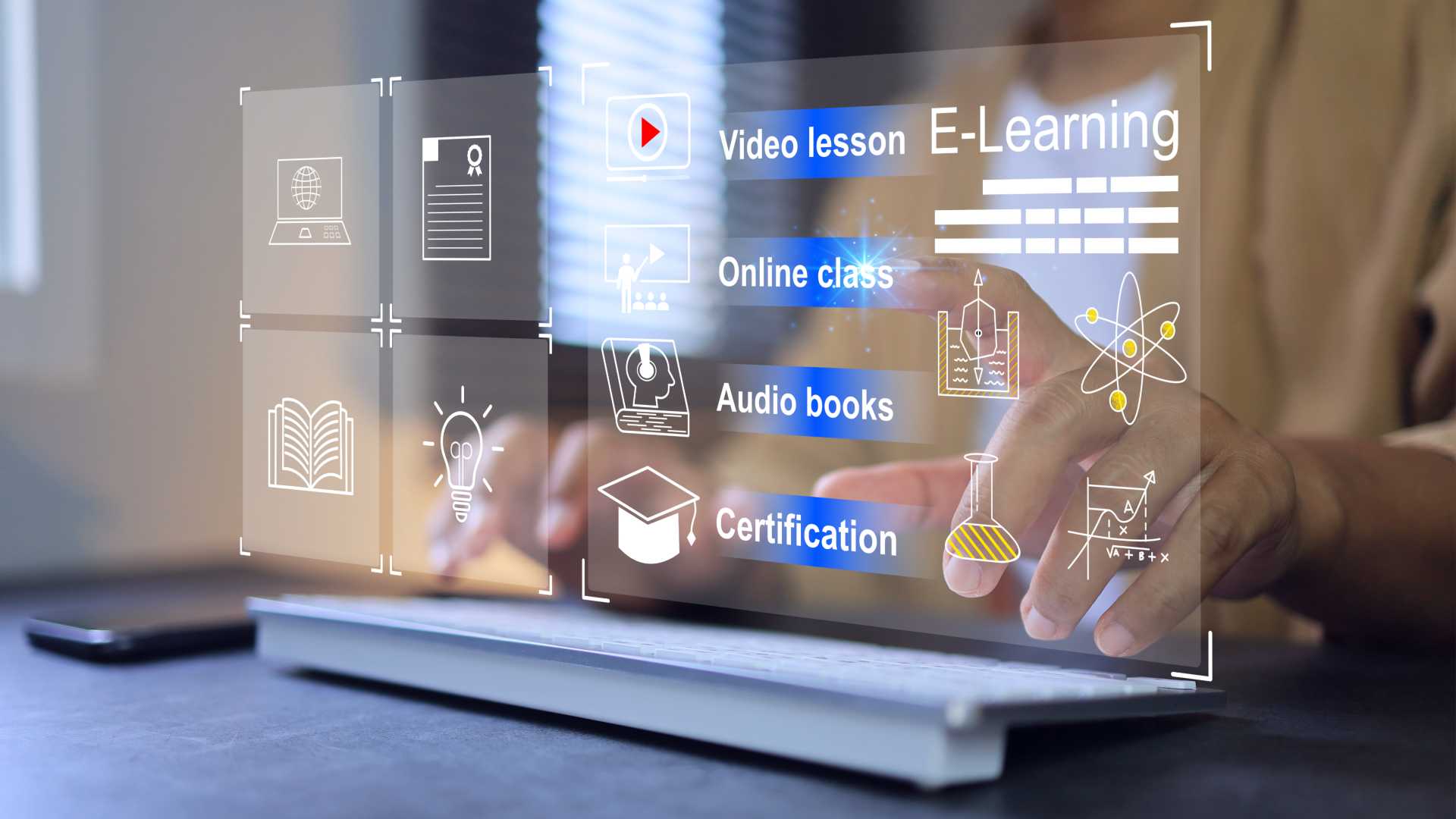There’s never been a more important time for businesses to revamp their onboarding programs. Organizations across industries are facing massive changes as they try to keep pace with modern employee expectations. Today’s employees expect learning to be engaging and for it to be relevant to their job. And since onboarding is the first impression an employee gets of the company, it’s critical that the experience meets expectations. Implementing technology during onboarding can help make this possible.
New learning technologies can make expanding the workforce more streamlined and effective. They can help learning leaders onboard new hires faster and more efficiently, helping the organization keep pace with the rapid rate of change and maintain productivity. Here are five ways technology can help learning and development (L&D) leaders onboard more effectively.
How Technology Can Support Onboarding
Personalizing learning for new hires.
A popular use of technology in training is personalization. Some learners may have different learning preferences, so learning leaders should tailor training instead of offering a one-size-fits-all approach. This ensures new hires receive training based on their background and experience. And employees expect it: According to LinkedIn Learning research, 94% of employees would stay at a company longer if it invested in their career. This investment should be made on day one with offerings tailored to their individual learning needs.
Technology can personalize onboarding in two ways. The first approach is to use a learning management system (LMS), which provides a central cloud-based dashboard for new hires to access and complete onboarding material. You can tailor materials within the LMS to meet individuals’ needs and adjust them as necessary.
The second, and more advanced route, is to use artificial intelligence (AI). Machine learning models can recognize where new hires excel and struggle, and adjust their learning resources accordingly. Building and implementing these models can be more technologically complex and costly but ultimately, more effective.
Onboarding remote employees.
Remote onboarding is particularly reliant on technology. Many learning leaders struggle with managing employee learning and performance remotely. However, making a first impression and building connection and engagement during onboarding is imperative. According to Gallup, 70% of employees who had an exceptional onboarding experience say they’re very satisfied in their role. These new employees are also 2.6 times more likely to be extremely satisfied with the organization.
This means that learning leaders must take the much-needed steps to incorporate belonging during remote onboarding. Remote new hires can receive a welcome video from their new team and/or supervisor to get them excited. Learning leaders should also embed times in their schedule to meet via videoconferencing and seek out any questions the new employee may have. AI coaching can be utilized to help remote new hires train and build new skills from their home office. Together, these technologies can elevate a new hire’s remote onboarding experience.
Simulation learning with AR/VR.
Augmented reality (AR) and virtual reality (VR) can elevate your onboarding even further. AR/VR can give new employees a hands-on and interactive remote learning experience that simulates their job function. This kind of learning provides learners with a low-stakes environment to practice the tasks they’ll need to perform once they complete onboarding. It also gives learning leaders insight into the learner’s performance and areas of improvement.
For example, customer service reps can use VR to learn the ins and outs of making phone calls and handling customer complaints. Reinforcing new skills with VR can reduce the risk of human error post training. Errors on the job can be costly and lower productivity. Training with VR during onboarding can help new staff gain necessary knowledge and experience before taking on risks.
Promoting a continuous learning culture.
Technology in training extends beyond onboarding, too. Ongoing development is crucial to maintaining employee engagement and allowing them to hone their skills. Learning opportunities should be embedded at every stage of the employee lifecycle. Onboarding shouldn’t be the last time new hires participate in training.
Employees can keep track of their professional goals and progress through an LMS. This can be visible to both the employee and learning leader, enabling them to create a personalized learning pathway together. eLearning is another convenient way to offer and keep track of learning. Learning leaders can use online courses to make upskilling and reskilling programs more accessible.
Delivering microlearning.
An LMS can also support microlearning: training content delivered in “bite-sized” chunks or short, specific bursts. Microlearning can be 5-10 minute videos, an online quiz or an interactive module that tests knowledge and skills. Breaking onboarding content into more digestible nuggets can help new hires retain the learning and stay engaged.
Technology in Training Can Make All the Difference
Onboarding must be effective and provide personalized learning based on the experience and background that new hire is bringing to the organization. It must meet the new hire where they’re at and help them keep track of their own progress.
Lastly, learning should be made available beyond training. Technology can help learning leaders manage these functions while prioritizing their new hires’ learning needs.





